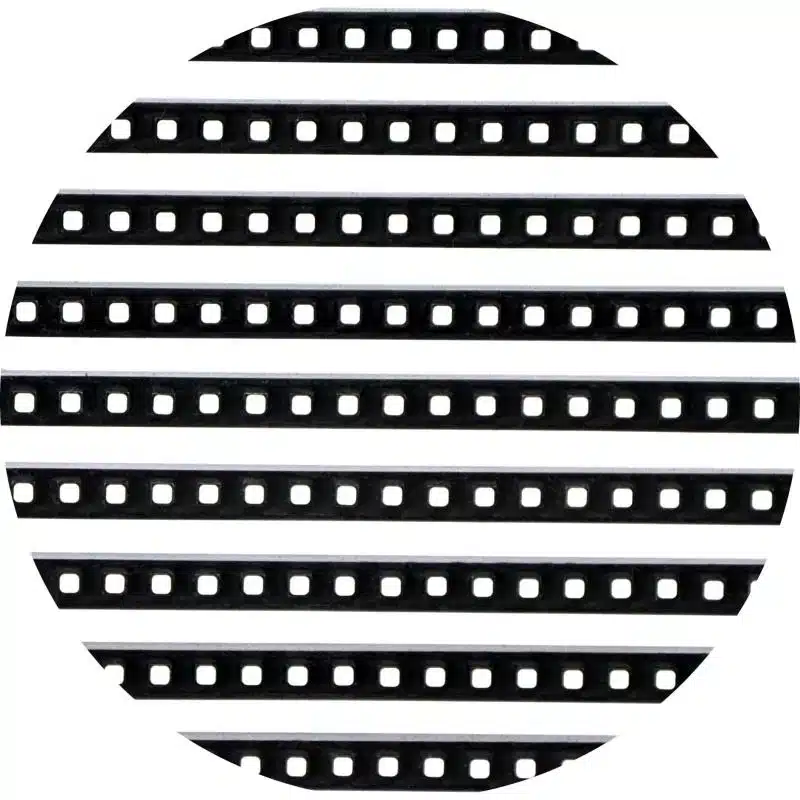The Mystery of LED Screen: Unveiling Its Materials and Technology

LED screens, as an important representative of modern display technology, have been widely used in various fields such as television, computers, and mobile phones. Whether watching movies at home or using them in shopping malls or exhibitions, LED screens attract our attention with their bright colors and excellent picture quality. But have you ever been curious about what materials these colorful display screens are made of? This article will take you to a deeper understanding of the composition materials and technical principles of LED screens.
The “LED” of an LED screen represents a “Light Emitting Diode”. This diode is the core part of LED screens, which can emit light through the flow of current. The basic material of LED is semiconductor, mainly including gallium nitride (GaN), indium nitride (InN), and indium phosphide (InP). By doping these semiconductor materials with different impurities, different colors of light can be generated. For example, blue LEDs made of gallium nitride and red LEDs made of indium nitride have become the basis for color displays.
In order to manufacture a complete LED screen, in addition to LED beads, there are many other materials and technologies that support it. Firstly, there is the circuit board (PCB), which serves as the supporting structure for the LED screen and is responsible for transmitting current to each LED bead. Circuit boards typically use fiberglass or aluminum based materials to ensure good heat dissipation and durability.
Then there are optical materials, mainly including reflective covers and diffusion plates. These materials can effectively improve the brightness and uniformity of LED screens, ensuring the clarity of the displayed image. Reflective cover is used to reflect the light emitted by LED and enhance the brightness of the screen; The diffuser plate eliminates hotspots in the display and improves visual effects through uniform light distribution.
Packaging technology is also a crucial step in the production process of LED screens. Encapsulation can not only protect LED chips, extend their service life, but also optimize their optical performance. Usually, LED beads are encapsulated in resin materials, which have good transparency and weather resistance. Through reasonable packaging design, the performance of LED screens has been significantly improved.
The driving circuit is also an indispensable part of LED screens. It is responsible for controlling the brightness and color changes of the LED, making the picture more dynamic. The design of the driver circuit needs to balance power consumption and response speed to ensure smooth display on the screen.
The material combination and underlying technology of LED screens form the foundation of their excellent performance. Understanding the characteristics and functions of these materials can enable us to better appreciate and utilize these modern technological products. In the future, with the continuous development of materials science and the emergence of new technologies, the performance of LED screens will be even better and their application fields will be more extensive.
After understanding the basic materials and composition of LED screens, we will now explore the widespread applications of LED screens in various fields and their future development trends.
LED screens are widely used in the advertising industry. Many shopping malls, cinemas, public transportation and other places use LED large screens for advertising and promotion. This type of screen, with its high brightness, high contrast, and excellent color performance, allows advertising information to be clearly visible under various lighting conditions. The flexibility of LED screens allows them to be made in different shapes and sizes to meet the needs of different scenarios, providing advertisers with more creative space.
The application of LED screens in sports events is also becoming increasingly popular. In sports venues such as football fields and basketball courts, LED displays are not only used to play game information, but also to replay exciting moments in real time, providing viewers with a better viewing experience. The LED screen can also be linked with the live audio system to add atmosphere to the event and enhance the audience’s sense of participation.
LED screens also play an important role in the fields of education and conferences. Modern classrooms and conference rooms are increasingly using LED screens for information display. Compared to traditional projectors, LED screens have higher brightness and clearer image quality, ensuring clear communication of information. Many educational institutions have begun to introduce interactive LED screens to promote interaction between teachers and students and improve teaching efficiency.
In home life, LED TVs have become the center of home entertainment. With the continuous advancement of technology, LED TVs have not only significantly improved their picture quality, but also become increasingly popular among consumers for their lightweight and minimalist appearance design. Especially with the popularity of 4K and 8K ultra high definition televisions, the display effect of LED screens is more delicate, bringing users a more immersive visual experience.
Looking ahead, LED screen technology will continue to develop towards higher resolution, wider color gamut, and lower power consumption. With the continuous maturity of new technologies such as MicroLED and OLED, the application range of LED screens will continue to expand, from indoor to outdoor, from commercial to personal life, and its potential is enormous. It can be foreseen that in the future, LED screens will not only be simple information transmission tools, but also incorporate more intelligent functions, becoming an indispensable part of life.
LED screens, with their unique materials and technological background, have demonstrated strong vitality in various fields. With the advancement of technology and the increasing demand for display effects, the future of LED screens will be brighter and worth looking forward to. I hope that through the introduction in this article, you have gained a deeper understanding of the composition materials and development trends of LED screens.
